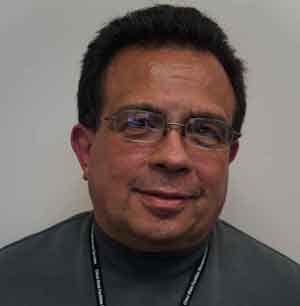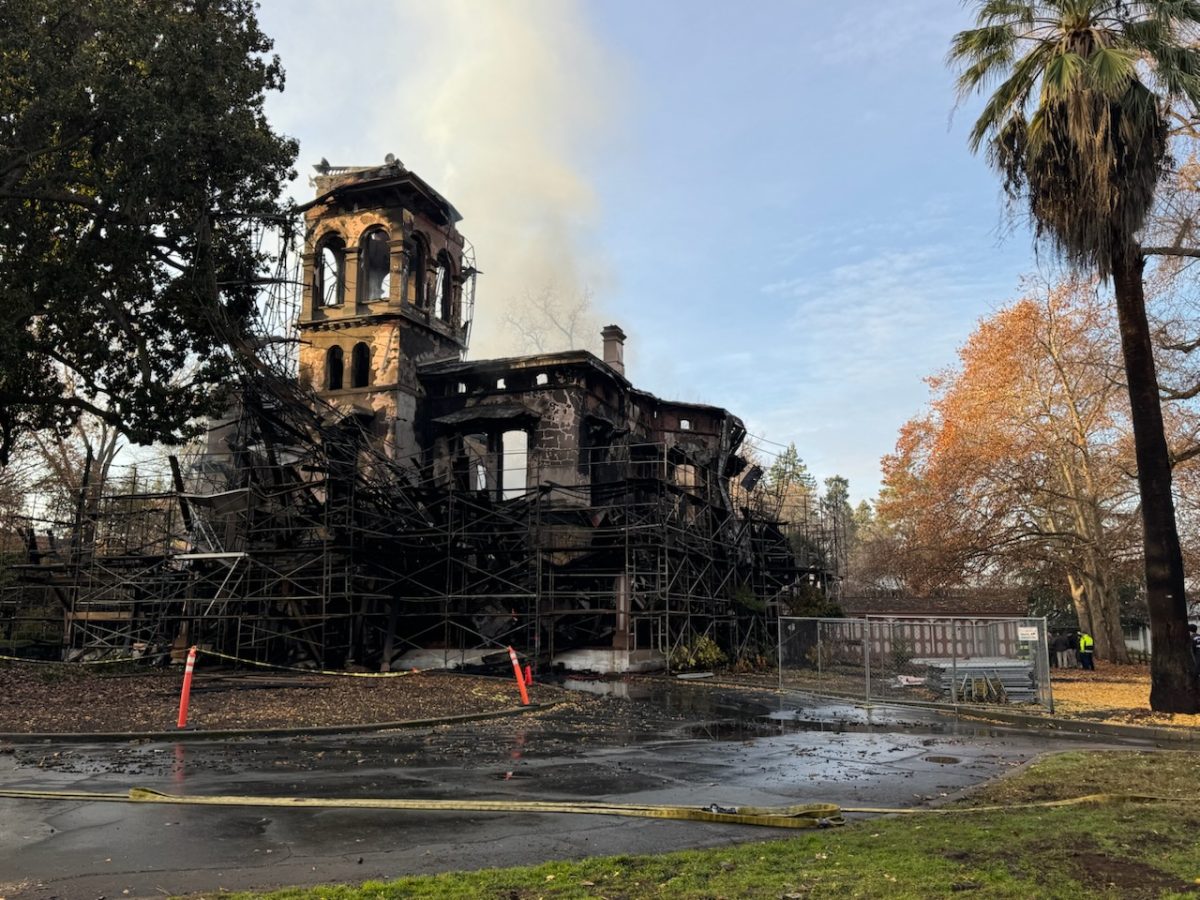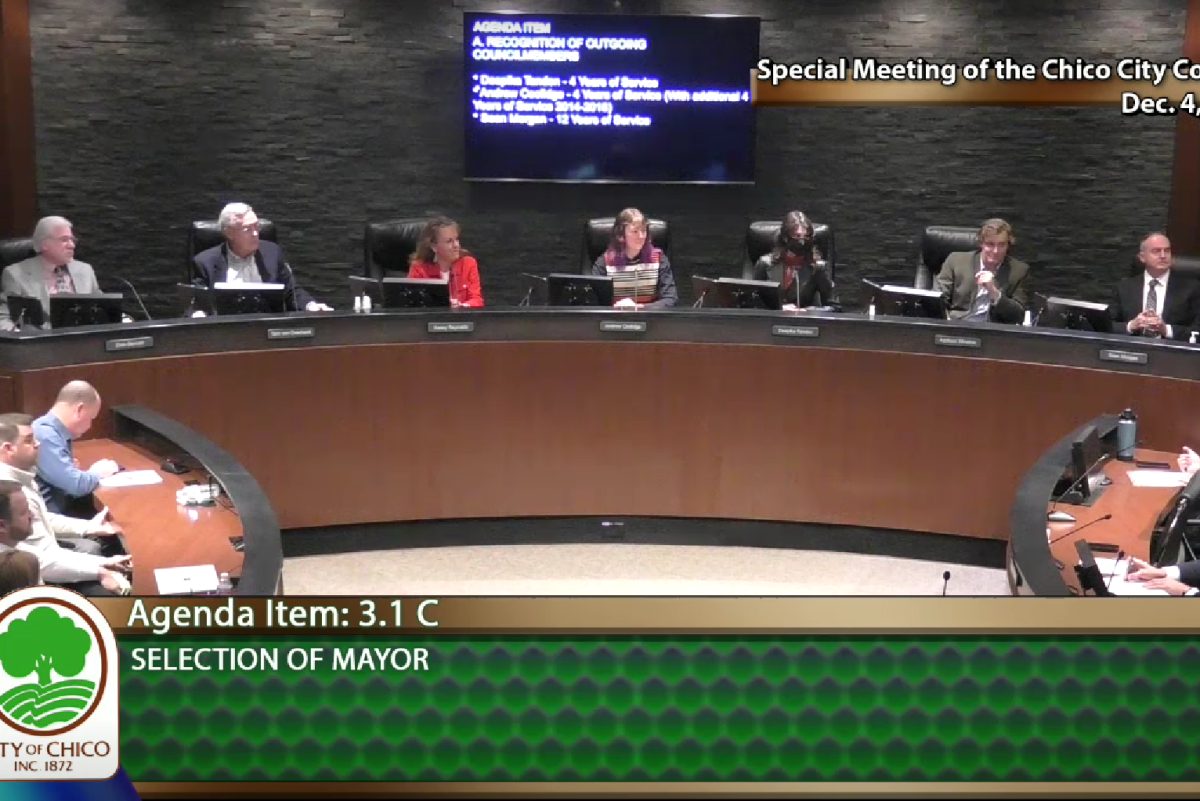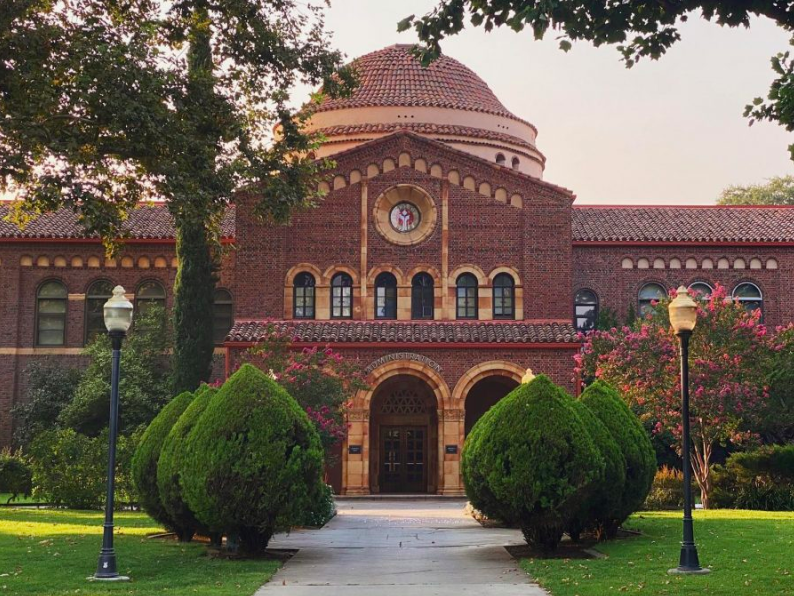
Chico State has been neglecting its old infrastructure. However, this maintenance requires serious cash.
Total deferred maintenance on campus costs almost $150 million, according to a 2013 report by Andrew Boyd, former Facilities Management and Services design and construction manager.
But what exactly is deferred maintenance?
“It’s an impact of something that you have not done, so by not taking care of your house correctly, not changing the oil in your car regularly, your car is likely to have problems,” said Luis Caraballo, the assistant vice president for Facilities Management and Services.
Though the campus faces issues like squeaky doorknobs and missing ceiling tiles, Caraballo worries about its central power plant, which provides the campus with electricity, heating and cooling.
With only one main feed connecting the campus to Pacific Gas and Electric, Chico State risks a potential system shutdown, similar to Fresno State’s four-day power outage during last school year’s winter break.
Luckily, the department of business and finance has allocated $1 million to create a backup electrical system for the central plant this summer, wrote Lorraine Hoffman, vice president for business and finance, in an email to The Orion.
“As you may know, CSU Fresno did not have a redundant feed last year when their main switch went down and their campus was without power for three days,” Hoffman wrote. “It is important for our campus to minimize this risk.”
James Prince, associate dean of the College of Natural Sciences, worked at Fresno when it lost power.
With fridges and freezers down, his department lost hundreds of thousands of dollars in research, tissue samples, RNA samples and enzymes.
“A lot of the samples were irreplaceable because they were specific experiments that people had been working on and just couldn’t be replaced,” Prince said.
Many of these projects belonged to faculty and students. Some graduate students’ thesis projects had to be delayed or derailed.
Fresno needed an old part that was no longer made in order to revamp the system, Prince said. The campus bought it through an online seller like eBay or Craigslist.
Facilities Management and Services has already dealt with too-old-to-find parts. Siskiyou Hall needed two breakers that were no longer made last summer, Caraballo said. The department’s company found spares with some of its distributors.
Chico State is the second oldest campus in the California State University system, according to its website. More than 50 percent was built between the 1950s and 1970s, and 70 percent is more than 30 years old, according to Boyd’s report.
Even with major issues like a potential system shutdown, small problems like leaking ceilings, a missing light bulb or even an old-school classroom add up, Boyd said.
“I think on a very basic level, the quality of the space that you’re learning in has a direct impact on the students’ ability to learn,” he said.
The campus uses its resources to focus on its mission to assist students in their search for knowledge, but the problem is that facilities aren’t recognized as core components within that mission, Boyd said.
Good facilities are an important precondition for student learning, according to The U.S. Department of Education’s website.
Not only do the old buildings lack aesthetics, which hurts students’ learning abilities, but building materials of their era contained three hazardous materials: asbestos, lead and polychlorinated biphenyls.
After two professors died in 2012 from cancer, colleagues like Mark Stemen, an associate professor in the geography and planning department, speculated their deaths were related to asbestos in Butte Hall, where the two professors worked.
Though the state denied Marvin Pratt, the environmental health and safety director, a state toxicology report because it found no abnormality within the building and samples found no asbestos in the air, professors like Stemen still worry.
Unfortunately, addressing all these issues is expensive, and Facilities Management and Services doesn’t have the money or hands for it, Caraballo said.
Hoffman funds and prioritizes issues according to highest risk and as resources become available, but the California State University system has left it up to campuses to deal with their infrastructure issues after CSU Executive Order 847 in 2003.
“It is the responsibility of the university president to ensure that appropriate resources are directed toward meeting the requirement of proper operations and maintenance of the campus physical plant,” according to the order.
Boyd believes this memorandum primarily caused the $1.8 billion deferred maintenance catastrophe throughout the university system, because few campuses actually maintain their facilities, passing the burden onto future generations, he said.
The Chancellor’s office is looking toward solutions. A board of trustees meeting on March 25 discussed plans to create $15 million bonds to service the debt created through deferred maintenance.
“The initial plan concept is that we take $15 million, and then we can issue our own financial instruments for additional funding that can be used for deferred maintenance,” said Mike Uhlenkamp, the director of media relations for the Chancellor’s office in Long Beach.
The $15 million can reel in up to $150 million, he said. Once the state budget is finalized in July and if the proposal remains in the language, the office will be able to do this.
Bonds like the one proposed used to be offered back in the early 2000s, but budget cuts removed the revenue to address deferred maintenance.
The Chancellor’s office has given Chico State $80,000 a year over the last three years for deferred maintenance, Hoffman said.
However, deferred maintenance costs on campus grow by $6 million every year, according to Boyd’s report.
Campus administrators have to figure it out themselves until more funding is available, according to the executive order.
“My only thing is to take ownership of the situation, and that’s something that I think the campus needs to do and the system needs to do,” Boyd said. “And I think that they’re trying, but you can try for only so long, and I know that that’s an easy statement to make, but the truth is, you got to figure something out.”
Yessenia Funes can be reached at [email protected] or @yessfun on Twitter.








